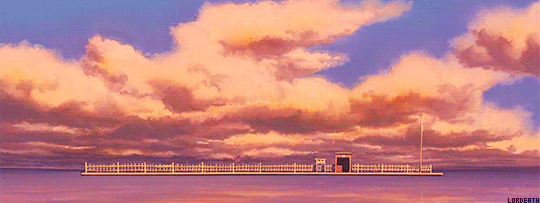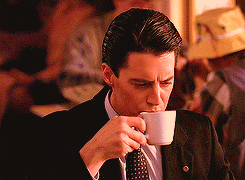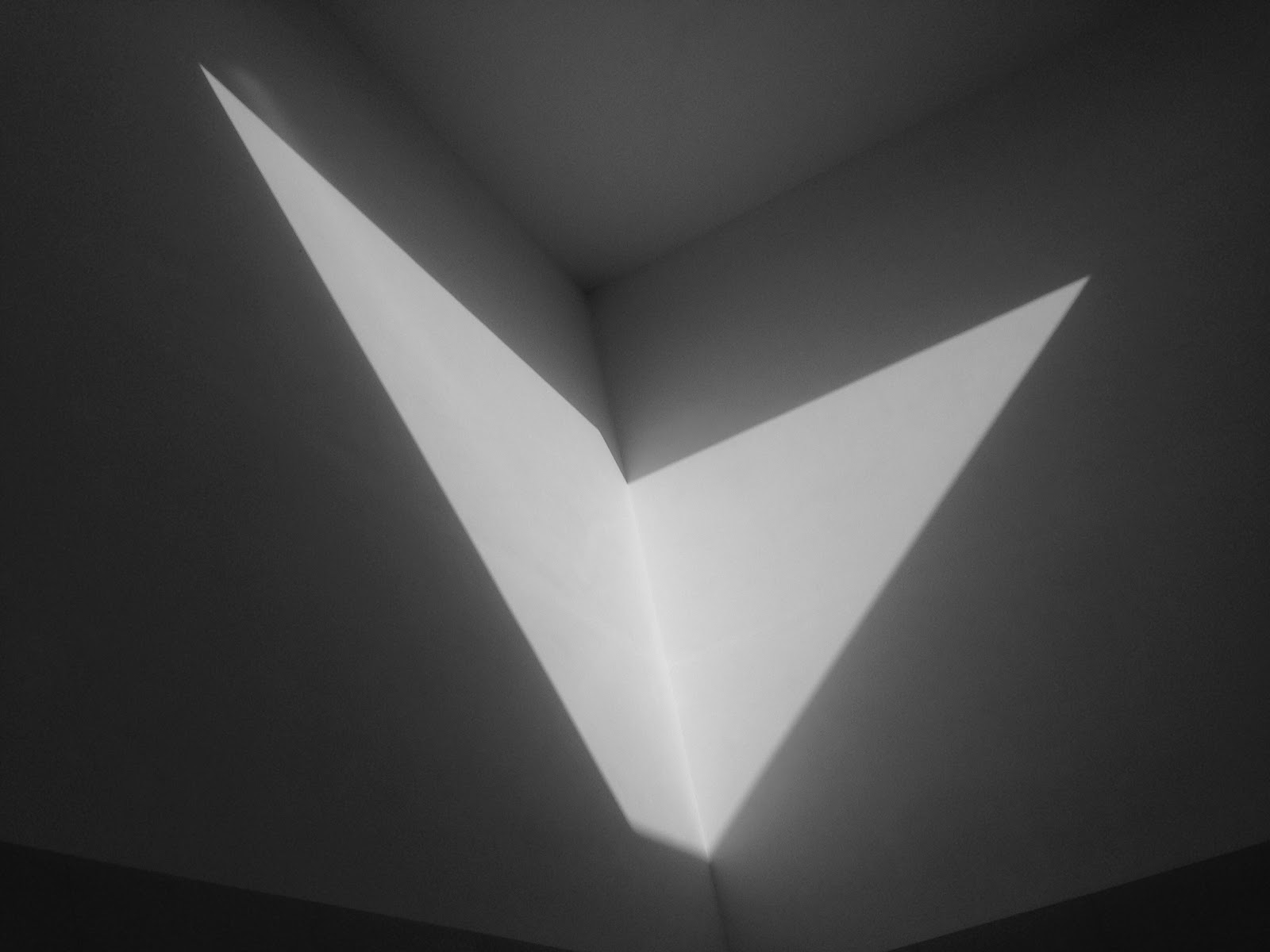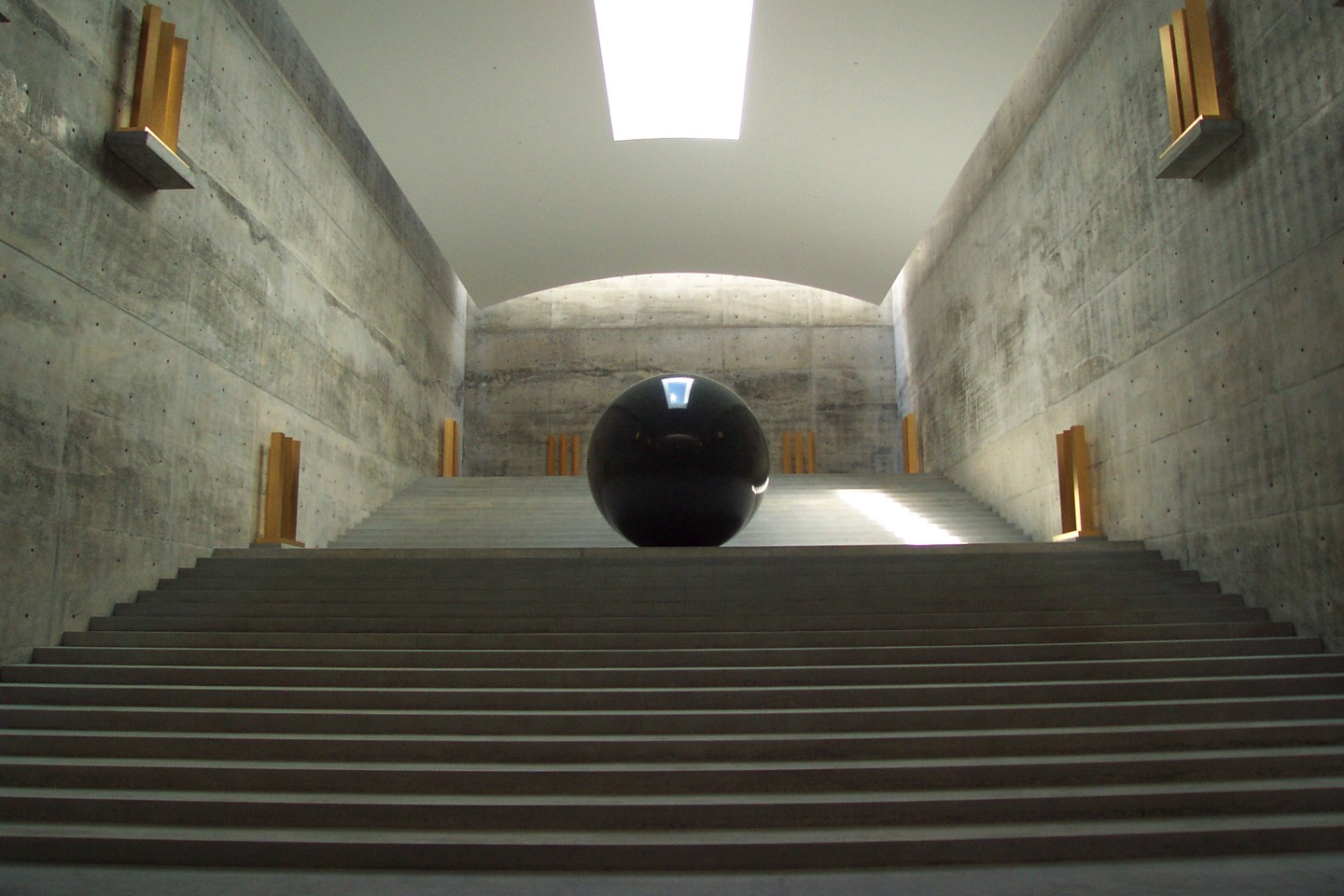
Getting to the Chichu Museum in Naoshima like...
The Chichu Museum is three trains and a boat from Tokyo, in an underground bunker made entirely of concrete. My brother said it felt like being in a James Bond film, and it turns out You Only Live Twice was actually filmed there. More accurately it feels like being in The Incredibles because yes, wow, so sexy and cool and futuristic to walk through a minimalist bunker on a remote island, but also how absolutely ridiculous to travel so far to see an exclusive museum with a permanent collection of only 9 works.
NINE? And all of them by men, American and French, only one still living.

Burn the euro-american patriarchy
Literally, I mean figuratively, what year is this? If it is 1960 and we are in a James Bond film, fine. You’re underground and somebody with a one-eyed cat is threatening you with nuclear destruction and it’s all nefarious and evil and, being a megalomaniac, he gives you a brief tour of his art in an gesture of mock-hospitality and power and of course he only has art by white dudes from America and France. Like duh. (Or, as the case was, somebody in Washington D.C. is not threatening you with nuclear destruction, but then does it anyway.)
It’s not 1960 and both the economic hurdle of getting there and boys-club of featured artists feels radically undemocratic, almost fascist. Logically, we shouldn’t support this kind of continuity of oppressive forces in the potentially disruptive art world. But to paraphrase Tavi Gevinson, “This art is awful, why do I love it??”

Sometimes you can’t help loving art, or coffee, or Coop
Not to sound like a conservative pundit, but politicizing the Chichu Museum ruins it. Destroying it might be a valid thing to do, rationally, but it’s beautiful. Like, so beautiful.

Naoshima Museum by Tadao Ando, Nashima, Japan
The building itself, by Tadao Ando, makes you walk slower just to be able to spend more time in the switchbacks and tilted hallways. Feeling like you’re in a movie, as my brother did, is to say that the rest of the world has fallen away and all that exists is your field of vision and the feelings you get from what you see. This museum, like Dia:Beacon, is almost entirely naturally lit. But it’s underground. Just experiencing that dry fact about the architecture is enough to get you pretty art-drunk. All of the light comes in through various geometric apertures cut into the earth, a triangle, a line, a rectangle in another rectangle, a circle, a pyramid skylight.



James Turrell, Open Sky (2004), Chichu Museum, Naoshima, Japan
The sky is literally part of the artworks. James Turrell’s Open Sky installation is like boarding spaceship earth and staring out a porthole into a cosmic desert. It’s just a big frame around a hole in the ceiling but that sh*t changes you.

Turrell’s Open Field takes you from outer to inner space. Stepping into a portal, mingling with light and looking back out into the physical plane. The walls fluctuate between being where they really are and not being there at all. It’s what you might imagine the fourth dimension or cyberspace or being outside of time is like. At the very least you can step into the music video for Hotline Bling. What up Drizzie?

Claude Monet, Water Lillies, Chichu Museum, Naoshima Japan © Naoya Hatakeyama
The Chichu Museum was built when the chairman of a publishing/language school/nursing home company (not a joke) acquired 5 of Monet’s Water Lillies. He built a museum around those paintings and it is actually better than that other museum built around Monet’s Water Lillies, L’Orangerie in Paris. Maybe it’s the natural light, maybe it’s the carrera marble floor tiles, unpolished and thick, that seem to glow. Maybe it’s that Ando is a Leonardo da Vinci of creating spaces, or the specifics of the light on Naoshima, or some unconscious awareness of the environment that this work about light and reflection and floating and other worlds is situated in.

The tamest of raccoons.
Naoshima is home to a Mitsubishi metal processing plant that you can see from the ferry and also if you walk to the north side of the island. This means that there are teenage boys with loud cars, big trucks, fishing boats, and regular people. They keep nice gardens and have partially domesticated the local raccoons. It’s all very normal and suburban, except than it’s an island, which changes everything. The water alters distances and space and time, it’s a well documented, scientific fact. Sorry, that was a lie, but everybody knows that being on an unbridged island is a ~feeling~.
Art makes a different kind of sense on Naoshima. In a city maybe a good piece of art dissolves chaos and offers you a moment of escape. In Chichu, the artworks are part of the human relationship with the island, like the gardens and the footpaths and the roads. It amplifies instead of muting your surroundings.

Walter De Maria, Seen/Unseen Known/Unknown, Chichu Museum, Naoshima, Japan © Michael Kellough
Walter De Maria’s Seen/Unseen Known/Unknown is just a huge marble on a big staircase with gold-painted wooden prisms on the walls. It is almost laughably 90s occult and kind of creepy. But it also kind of feels like the marble was in that spot long before the building, as if us and the museum have sprouted up around it and we’ll be gone and the marble will still be there. Like the monolithic plank in 2001: A Space Odyssey, worshipped and feared and totally uninterested in primates, a sequel to the Voice of Space.

Minimalism and Impressionism both deal in units of time. Impressionism in moments, Minimalism in its passage. Time, according to my ninth grade physics teacher, is space, is totality. So yes, Chichu Museum was built out of a fortune gleaned from the global capital markets and the exploitation of mostly marginalized labor, and yes it perpetuates white patriarchal exclusivity that has violated women and people of color for the last 900 years, and yes it is so absurdly ridiculously and hard to get to that it can only be for people who have in some way benefited from those oppressive forces and it’s all WAY F*CKED. But, quoting Lady Bird, not everything is war and getting your feet stepped on while trying to see an O’Keeffe at the Met is just never going to be the same as standing in a light bath with a room-full of Monet’s and nobody around. What Chichu offers as an experience is what these artists were trying to give you.

Hint: it was me.
So if you find yourself in Japan with two days to kill and can spare the ~$6 for the ferry and the ~$20 for the museum admission you should probably go.
Sources
- Joyce, Colin. July 25, 2005. “Japanese island never says never in its attempt to lure back James Bond.” The Telegraph, 2018. Accessed January 22, 2018. http://www.telegraph.co.uk/news/worldnews/asia/japan/1494799/Japanese-i…
- Jaffe, Ina. August 27, 2016. “How Art Transformed a Remote Japanese Island.” NPR, 2018. Accessed January 22, 2018. https://www.npr.org/sections/parallels/2016/08/27/490101453/how-art-tra…
- Gevinson, Tavi. Interview with Heben Nigatu and Tracy Clayton. The Rookie Podcast, podcast audio. April 11, 2017. Accessed January 22, 2018. http://www.rookiemag.com/2017/04/the-rookie-podcast-episode-two-never-s…
- Adams, Susan. July 29, 2015. “Treasure Islands: Inside a Japanese Billionaire’s Art Archipeligo.” Forbes, 2018. Accessed January 22, 2018. https://www.forbes.com/sites/susanadams/2015/07/29/naoshima-island-insi…









